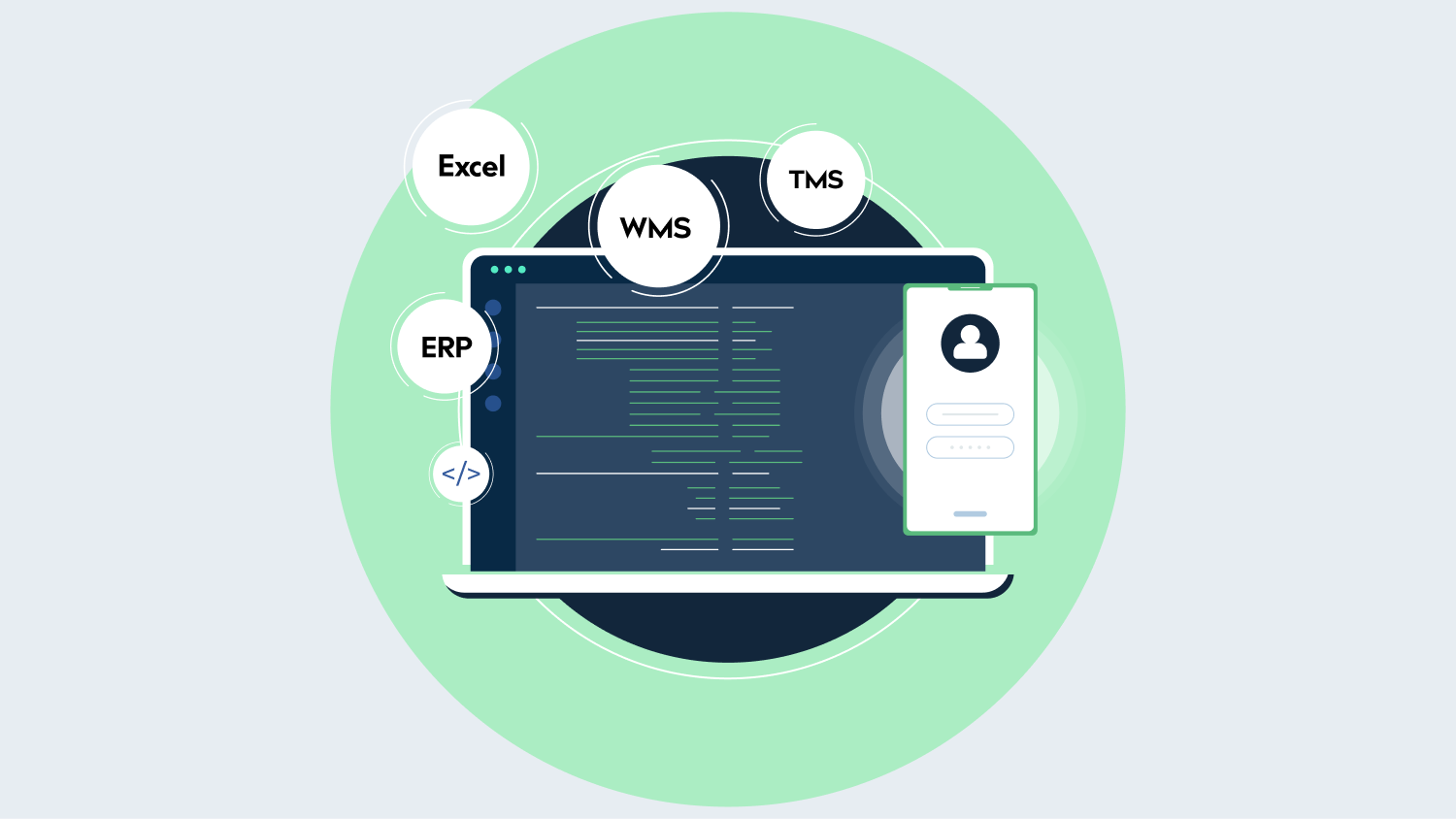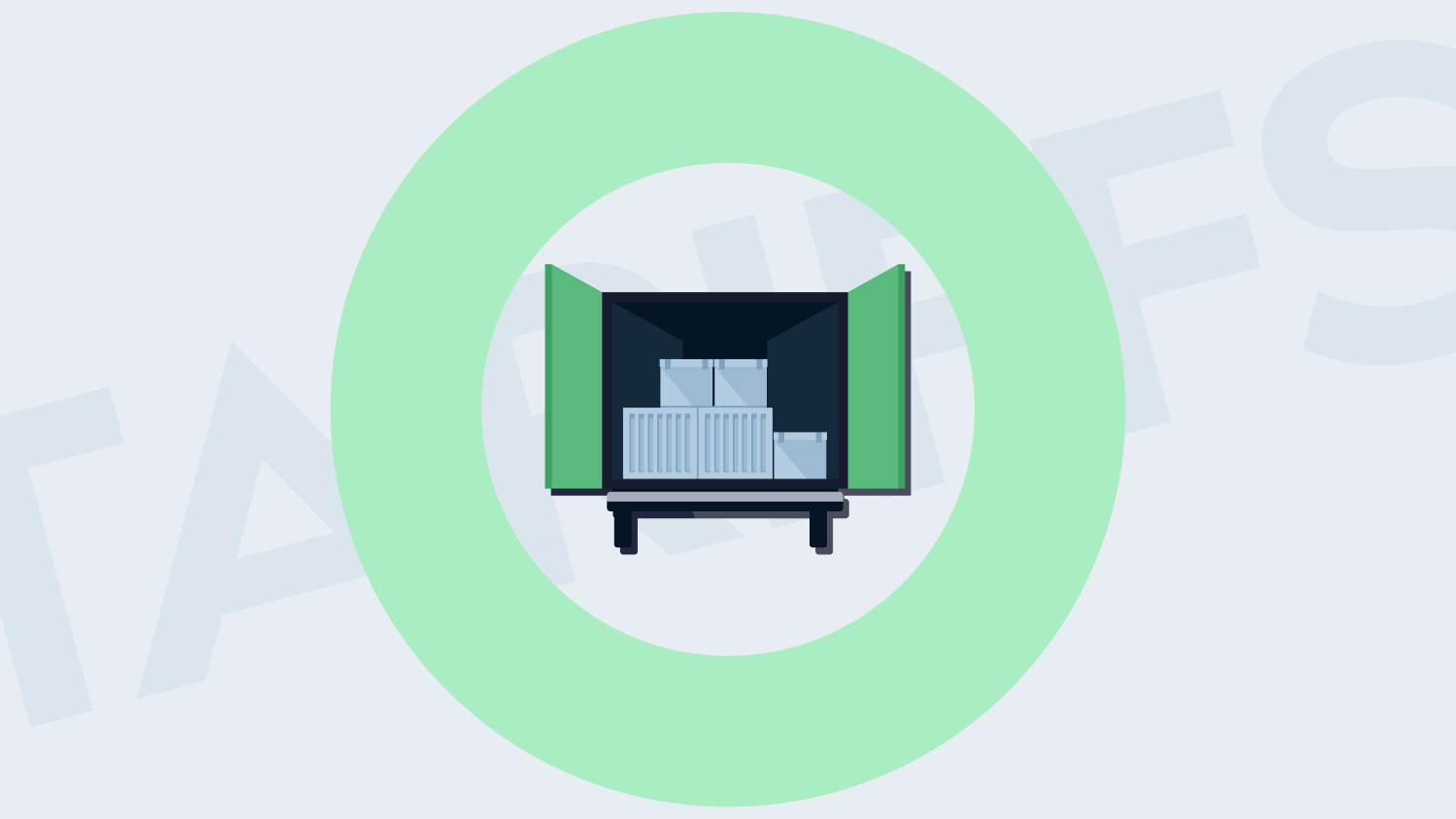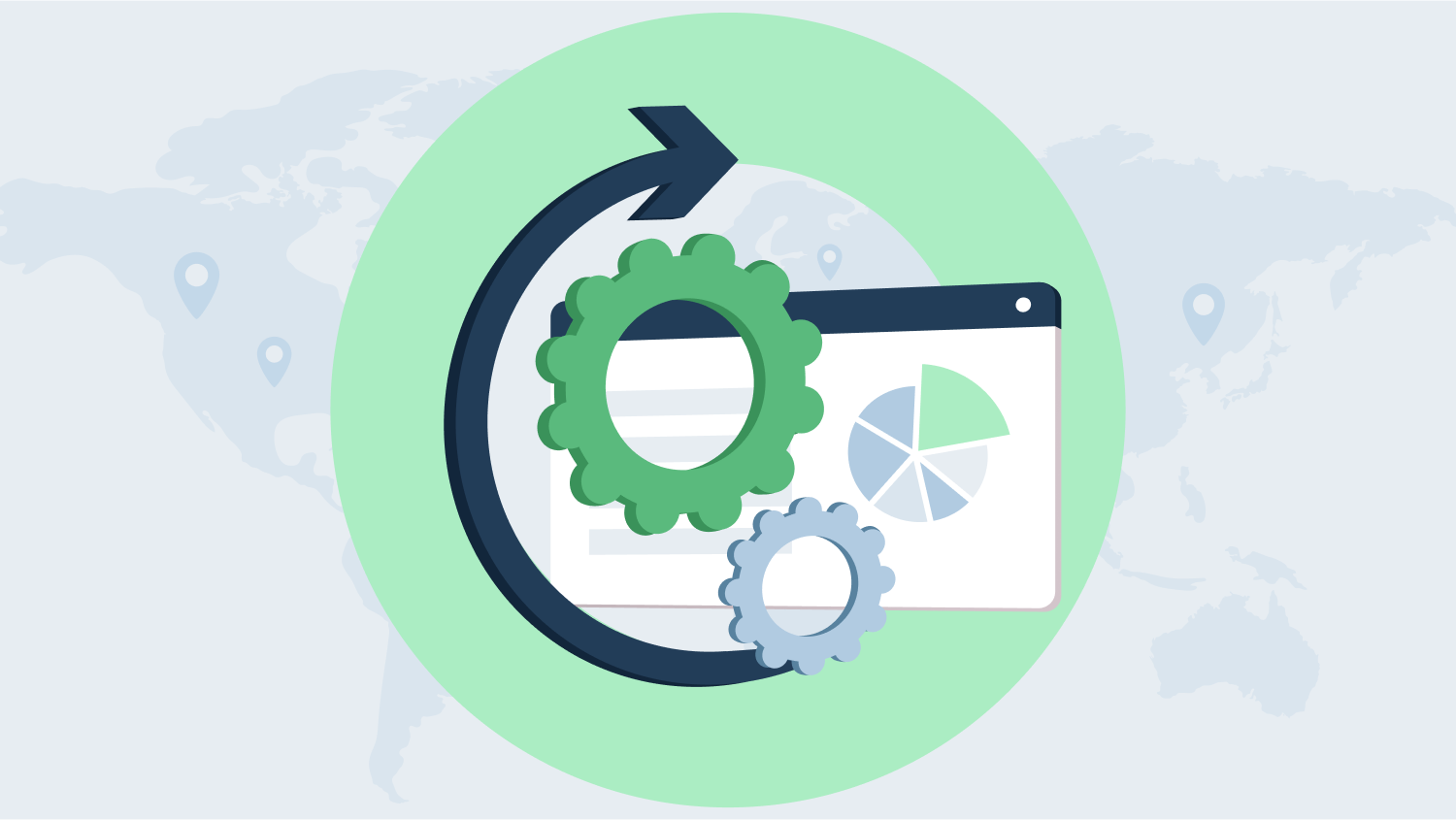Struggling to keep your inventory under control without running out of stock? Inventory planning can feel overwhelming, especially when you’re trying to balance having just enough products without wasting resources.
It’s all about having the right amount of stock at the right time, ensuring your business meets customer demand while avoiding unnecessary costs.
By putting a smart inventory planning strategy in place, you can avoid stockouts, reduce excess inventory, and keep things running smoothly. It helps you maintain the perfect balance between supply and demand, saving you both time and money in the process.
Let’s see how you can do it too.
What is Inventory Planning?
Inventory planning is the process of figuring out how much stock your business needs to meet customer demand while minimizing extra inventory. It ensures that you have the right products available at the right time without overstocking or running out. This helps businesses avoid problems like missed sales or excess goods that take up space and cost money.
Good inventory planning involves tracking sales trends, understanding customer needs, and forecasting demand for future periods. It’s a balance between ordering enough stock to avoid shortages and not buying too much, which could lead to waste.
There are two main goals in inventory planning:
- Meeting Customer Demand – Having products available when customers need them.
- Avoiding Excess Inventory – Preventing goods from piling up and tying up your money.
Planning your inventory also means setting reorder points to know when to buy more stock. You use sales data to decide these points, ensuring you order new items before running out. Some businesses use software or tools to help them stay on top of their inventory levels efficiently.
Benefits of Efficient Inventory Planning
Efficient inventory planning offers many advantages that help your business run better. Let’s dive into each benefit and see how they can make a difference.
Prevents Stockouts
Good planning means you won’t run out of popular products. By monitoring your inventory closely, you can reorder items before they sell out. This ensures customers always find what they’re looking for. Happy customers are more likely to return and recommend your business to others.
Reduces Excess Inventory
Efficient planning helps you order only what you need. This prevents your warehouse from filling up with unsold goods. Excess inventory ties up your money and takes up valuable space. By avoiding overstocking, you save on storage costs and reduce waste.
Improves Cash Flow
Not overstocking frees up cash for other important needs. When less money is tied up in inventory, you have more funds available for marketing, expanding your product line, or other investments. Better cash flow makes your business more flexible and responsive to opportunities.
Enhances Customer Satisfaction
When products are always available, customers trust your business more. They appreciate not facing delays or backorders. This leads to repeat sales and positive reviews. Satisfied customers can become loyal supporters who help your business grow.
Minimizes Storage Costs
Less inventory means lower costs for storage and management. You spend less on warehouse space, utilities, and staff to handle excess stock. This reduces your overall operating expenses and increases your profit margins.
Boosts Forecasting Accuracy
Efficient planning uses past sales data to predict future demand. The more accurate your forecasts, the better your purchasing decisions. This helps you maintain optimal inventory levels and reduces the chances of errors.
Reduces Waste
For businesses dealing with perishable items, good planning lowers the risk of products expiring before they’re sold. This means you throw away fewer goods, which saves money. It also benefits the environment by reducing waste.
Increases Operational Efficiency
When inventory levels are under control, your team can work more effectively. Fulfilling orders becomes faster with fewer mistakes. This improves customer service and can lead to higher sales.
Check Out Our Case Study:
Generating 6% Cost Savings via Inventory Optimization – Revolutionizing Pharmaceutical Efficiency
Challenges in Inventory Planning and Their Solutions
Inventory planning is essential, but it’s not always easy. Businesses often face several challenges that can affect how smoothly their operations run. Let’s explore the key challenges in more detail.
Demand Uncertainty
It’s hard to predict customer demand accurately. Trends can change quickly, and seasonal fluctuations make forecasting even more difficult. If demand suddenly increases, you might run out of stock. If it decreases, you could end up with unsold inventory.
Solution: Use forecasting tools and historical data to predict trends more accurately and prepare safety stock for unexpected spikes.
Supplier Issues
Suppliers may face delays or stock shortages, affecting your supply chain. Late deliveries or inconsistent quality can disrupt your inventory levels. Relying too heavily on a few suppliers can increase your risk of shortages.
Solution: Build relationships with multiple suppliers to reduce dependency and diversify your supply chain.
Storage Constraints
Limited storage space makes it hard to keep the right amount of stock. Overstocking can create space problems, while understocking can lead to lost sales. Finding the balance between stock levels and storage capacity is challenging.
Solution: Implement just-in-time (JIT) inventory methods to receive stock only when needed, reducing storage demands.
Inventory Costs
Holding too much inventory increases costs for storage, maintenance, and insurance. On the other hand, frequent small orders raise transportation and handling costs. Striking the right balance to keep costs low can be tricky.
Solution: Conduct regular inventory audits to find the optimal order size and reduce unnecessary costs.
Product Lifespan and Expiry
Businesses dealing with perishable items face the challenge of managing expiry dates. Overstocking can lead to waste if products expire before they are sold. Proper planning is essential to avoid such losses.
Solution: Monitor expiry dates closely and apply the First-In-First-Out (FIFO) method to minimize waste.
Changing Customer Preferences
Customers’ tastes and preferences evolve over time. What’s popular today might not sell tomorrow. Businesses need to keep up with these changes to avoid holding onto outdated or unwanted products.
Solution: Stay updated on market trends and use customer feedback to align stock with current demands.
Quick Read: Top 7 Supply Chain Planning Mistakes and How to Avoid Them?
Optimize Your Inventory with Sophus X – Request a Demo Today!
Ready to overcome the challenges of modern inventory management and improve your profit margins?
With Sophus AI ’s Multi-Echelon Inventory Planning, you’ll have the tools to set the right inventory policies for each SKU, optimize stock levels across both central and regional distribution centers, and streamline your replenishment processes to avoid overstocking.
Our solution has already delivered impressive results, including a 15-20% improvement in inventory turnover, a 30-50% boost in customer service levels, and significant reductions in logistics costs.
Request a demo today and discover how Sophus X can transform your supply chain strategy for long-term success.










